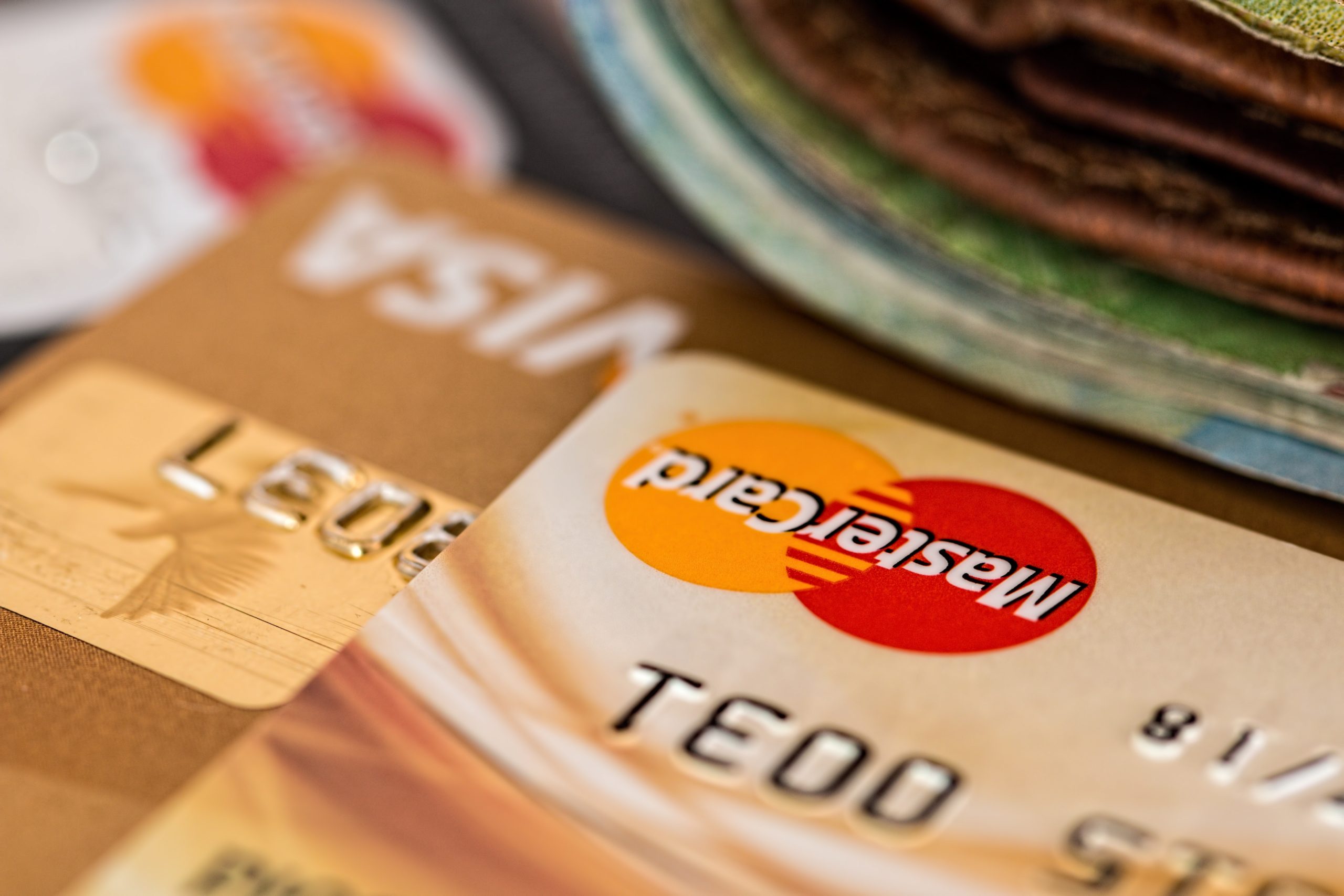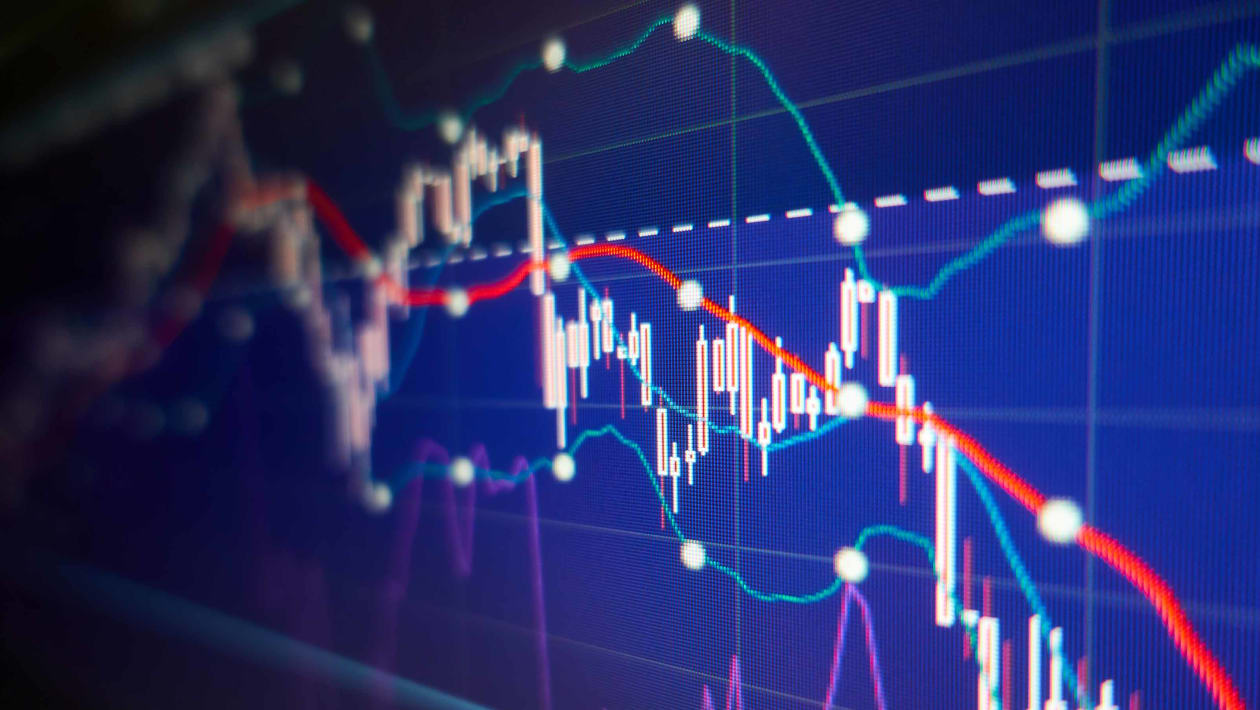We are halfway through 2022, and just saw arguably one of the worst 6-month time periods ever for financial markets (when looking at both stocks and bonds combined). However, not all hope is lost going forward.
Consumer sentiment fell to its lowest level on record, largely due to continued worries about inflation (especially reflected in higher gas and food prices). Historically there has been a strong tie between gas prices and consumer sentiment though, so this is not particularly surprising. As sentiment sank, so did major stock indices. The S&P 500 shrunk 8.39%, the tech-heavy Nasdaq dropped 8.71%, and the Dow Jones Industrial Average closed down 6.71%.
There was a similar narrative overseas, as a perhaps longer than expected war and interruptions in global supply chains continue to hinder performance. Developed markets felt the worst of it, falling 10.35%. Emerging markets fared a little better however as China eased its Covid restrictions, but still were down 4.56% for the month.
Bonds also continued to slide as the 10-Year Treasury yield rose, closing at 2.98%. The aggregate US bond market fell 1.73%, marking its fifth monthly decline in six so far for 2022. Despite the headwinds bonds have faced so far this year, fixed-income asset classes can still offer some value in the form of cash flows and stability when compared to stocks. Furthermore, with yields higher than where they were to start the year, bonds are looking more attractive going forward than what we have seen through the first half of the year (albeit at still relatively low yields for now).
While there have seemingly been no safe havens this year, as asset classes such as gold have also fallen slightly, there are some silver linings to consider. It’s never enjoyable to see markets falter, but valuations have become more attractive as prices have fallen which could result in stronger expected returns at some point in the future. For long-term focused investors, market pullbacks tend to be just a speed bump on the way to achieving their ultimate goals.
The rough year for markets has been persistent with more uncertainty possibly on the horizon, but it’s important to not let investment fatigue set in. Having a plan and staying the course is the most efficient way to achieve success in the long-run.
It was an expensive fourth of July for many families this year.
The average price of a holiday BBQ saw an overall price increase of 17% from last year.
Everything from beer, burgers, and buns saw higher costs.
This shouldn’t come as too much of a shock as the war in Ukraine, Covid-19, and extreme weather have impacted food supply, further fueling inflation. Even fireworks were facing shortages, pushing prices higher.
Retailers benefited though, as an imbalanced supply chain has lessened the likelihood of people trying to shop around for better deals.
The parties may have looked different or been more costly, but many people still had the day off and the opportunity to spend time with family and friends celebrating Independence Day.
Wedding bells are a ringin’.
After the pandemic saw couples postponing their special day, the number of people finally saying “I do” has ramped way up.
The Knot estimates that the number of weddings this year will reach 2.6 million, up from 2.2 million back in 2019 (pre-Covid). In fact, this would mark the highest wedding total since 1984.
While it’s a positive that people are walking down the aisle again, guests are feeling the effects of inflation. The average cost for a guest to attend a wedding this year is $593 (double this if a flight is needed to reach the destination).
In a Credit Karma survey, 73% of respondents said inflation has negatively impacted their wedding experiences.
However, most people said they are willing to spend more than they normally would this year due to the pandemic wedding drought.
Broad Market Returns
| Asset Class | 1 Month | 3 Month | YTD | 1 Year |
| S&P 500 (VOO) | -8.26% | -16.11% | -19.95% | -10.57% |
| NASDAQ (QQQ) | -8.91% | -22.54% | -29.33% | -20.48% |
| Large Cap Growth (VUG) | -8.46% | -22.39% | -30.37% | -21.90% |
| Large Cap Value (VTV) | -7.89% | -10.19% | -9.29% | -1.75% |
| Small Cap Growth (VBK) | -8.02% | -20.50% | -29.99% | -31.80% |
| Small Cap Value (VBR) | -10.32% | -14.44% | -15.53% | -12.09% |
| Developed International (VEA) | -9.17% | -13.94% | -18.90% | -18.07% |
| Emerging Markets (VWO) | -3.85% | -9.04% | -14.92% | -21.03% |
| REITs (VNQ) | -7.45% | -15.39% | -20.53% | -8.01% |
| Aggregate Bonds (BND) | -1.66% | -4.79% | -10.35% | -10.42% |
| Corporate Bonds (VCIT) | -2.72% | -6.37% | -12.83% | -13.30% |
| High Yield Bonds (JNK) | -7.62% | -10.39% | -14.76% | -13.75% |
| Long Term Treasuries (VGLT) | -1.35% | -12.23% | -20.85% | -18.43% |
| International Bonds (BNDX) | -1.72% | -5.31% | -9.85% | -10.00% |
Market Health Indicator
The Market Health Indicator (MHI) measures market health on a scale of 0 – 100, analyzing various market segments such as economics, technicals, and volatility. Higher scores indicate healthier market conditions.

Fun Facts
- The most recent bid for the Twitter founder “Jack Dorsey’s First Tweet” NFT came in at $280, just shy of the original purchase price of $2.9 million last year…
- While Egypt is most famous its pyramids, Sudan actually has more pyramids than any country in the world (255 compared to Egypt’s 138).
- Africa is the only continent that spans all four hemispheres, with land on both sides of the Equator and Prime Meridian.
- Lemons float but limes sink, due to the higher density of limes.
– The Aspire Wealth Team


